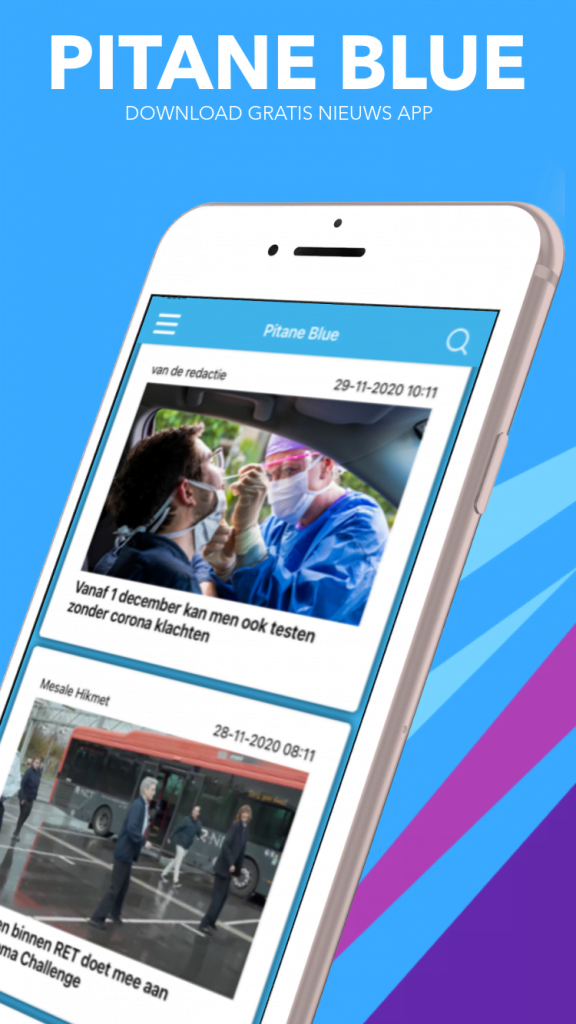Not only in use, but also when stationary, electric cars can be an important link in the energy transition. For example, the peak load on a local electricity network can be reduced by almost a quarter at certain times, so that no or less investment is required in additional connection capacity. Compared to a scenario in which you would have to increase the connection in a conventional way (read: take more power from the electricity grid), a significant cost reduction can be achieved. Moreover, the extra storage capacity of bi-directional vehicles (which can charge and feed back electricity) offers the potential to store locally generated green electricity.
The fast-growing number of electric cars places increasing demands on the connections of buildings where these vehicles charge. The municipality of Rotterdam will also have to deal with peak loads as a result of the electrification of its own fleet. Electric cars that supply electricity themselves can then offer a solution. This is apparent from an analysis of the data collected in six months from the V2x pilot project of BMW, Rotterdam and TotalEnergies Marketing Nederland. V2x stands for 'Vehicle to Everything', or connections between the vehicle and other systems or vehicles. More specifically, this pilot concerned V2B, 'Vehicle to Building' (or the electricity grid of this location). Two bi-directional BMW i3 models were used for this, which can also return their energy.
Electrical infrastructure expanded in two steps.
The pilot took place on Kleinpolderplein, the most important fleet location of the municipality of Rotterdam, where electric garbage trucks and more than 60 communal electric service cars are charged daily. In particular, the garbage trucks with their large 350 kWh battery, which often have to charge simultaneously (at the end of their shifts), require a lot of power for a relatively short period of time, which the municipality's existing connection capacity is not designed for.
For the pilot, the electrical infrastructure was expanded in two steps to investigate how this peak load could be absorbed. Firstly, with an electrical buffer: a super battery from the company Alfen, consisting of ten BMW i3 batteries in which 400 kWh of electricity can be stored. Second: two BMW i3 shared cars (with bi-directional functionality) that could be used by the staff of the municipality of Rotterdam.
Together with TotalEnergies Marketing Nederland, the manager of the charging infrastructure of the Kleinpolderplein, a smart algorithm was developed to use the extra energy as effectively as possible. Depending on demand, the batteries of the BMW i3 shared cars, for example, were discharged to a certain level before normal charging started to prepare the vehicles for their next journey.
“Even with two electric vehicles with 10 kW bi-directional chargers in combination with the super battery, we achieve a significant peak reduction, compared to a significantly higher peak demand of 700 kW at the entire Kleinpolderplein location. If we were to scale up this pilot from the two BMW i3 shared cars to 66 bi-directional official cars, the peak load would decrease by 14%. If you then also add a super battery, a decrease of up to 23% can be achieved.”
Dion van der Heijden, E-Mobility Services Manager at BMW Group Netherlands.
“The results of this pilot are very valuable. They show the potential of storing and supplying energy in bi-directional cars and a super battery. In 2025, the municipality will introduce the Zero Emission Zone for City Logistics. That is why the entire fleet of the municipality of Rotterdam must be electric by 2030 at the latest, without emitting harmful emissions. This means that from then on all large vehicles will also have to charge. By storing energy, we ensure that we put less strain on the energy network at times when many vehicles are charging at the same time. In addition, we need a smaller grid connection in this way, which means that the vehicle fleet is less taxing on the total energy network in Rotterdam and we can become more sustainable more quickly. The bi-directional charging algorithm can also take into account the surplus of solar energy at the site and return it later.”
Peter Cieremans, program manager at the Municipality of Rotterdam.
Collaboration since 2018.
A safe, healthy and liveable city is high on the agenda of the municipality of Rotterdam. This requires a new vision of future mobility, in which sustainability, road safety, accessibility and traffic flow play an important role. Working since 2018 BMW and Rotterdam together to realize these shared ambitions.



